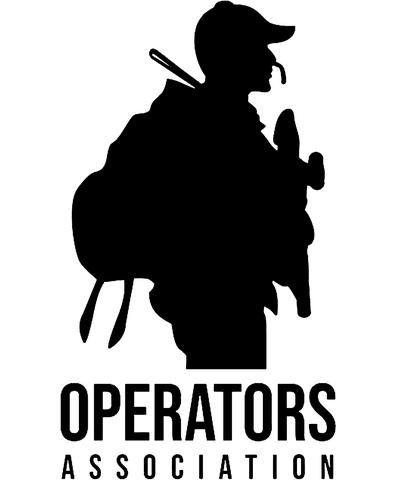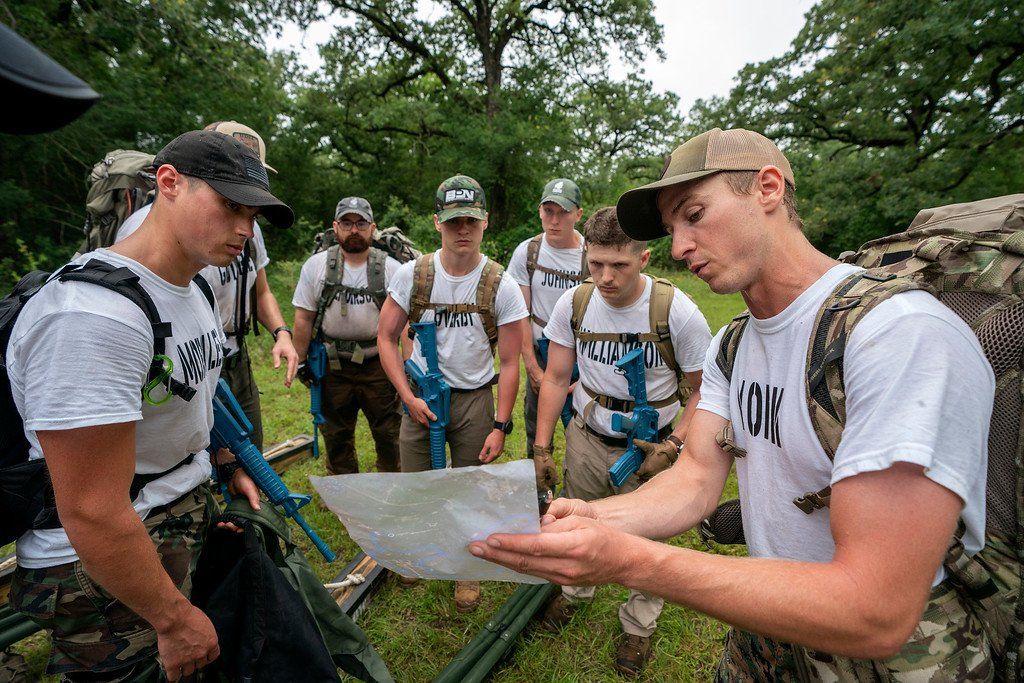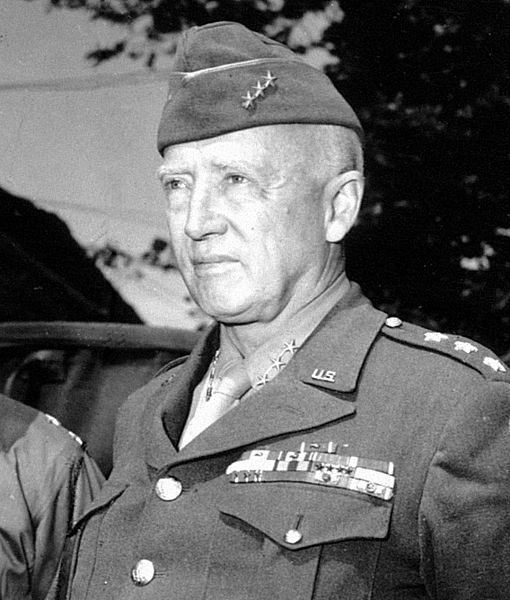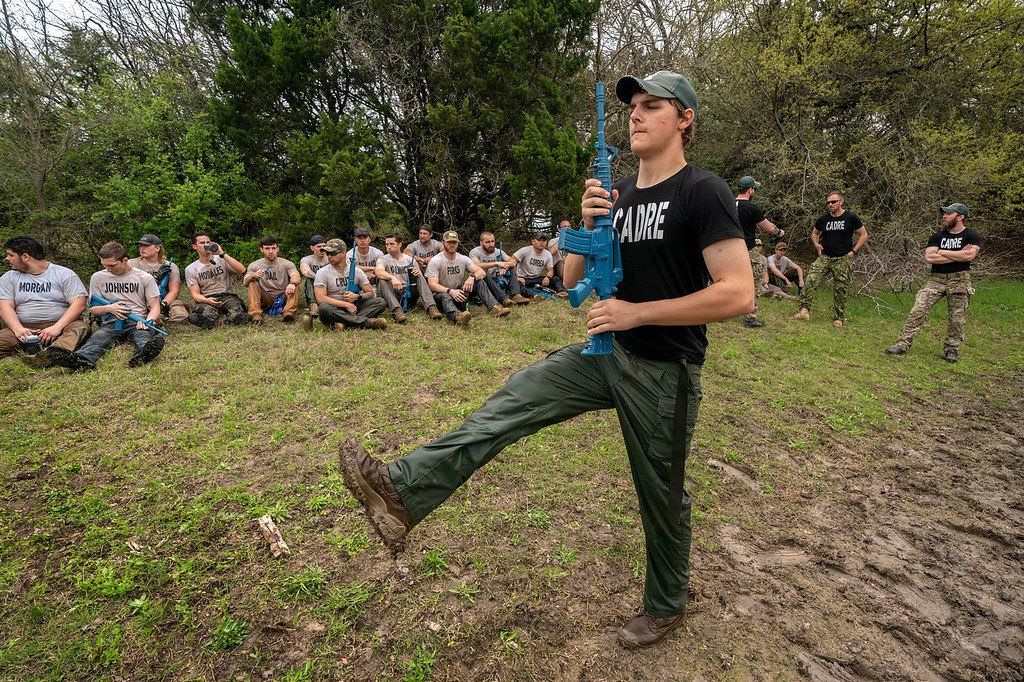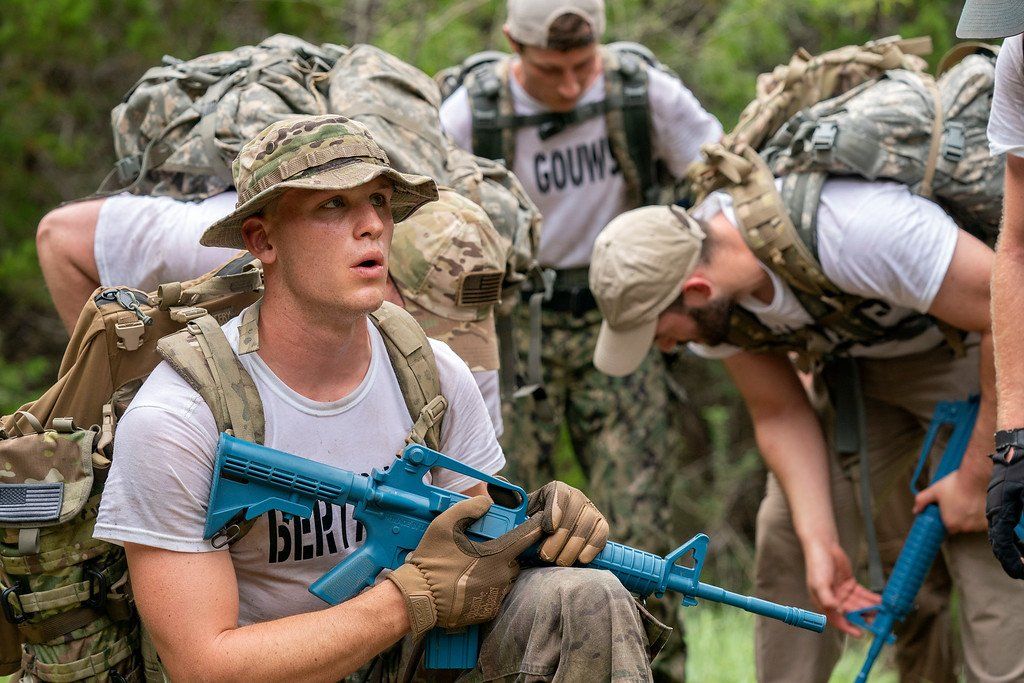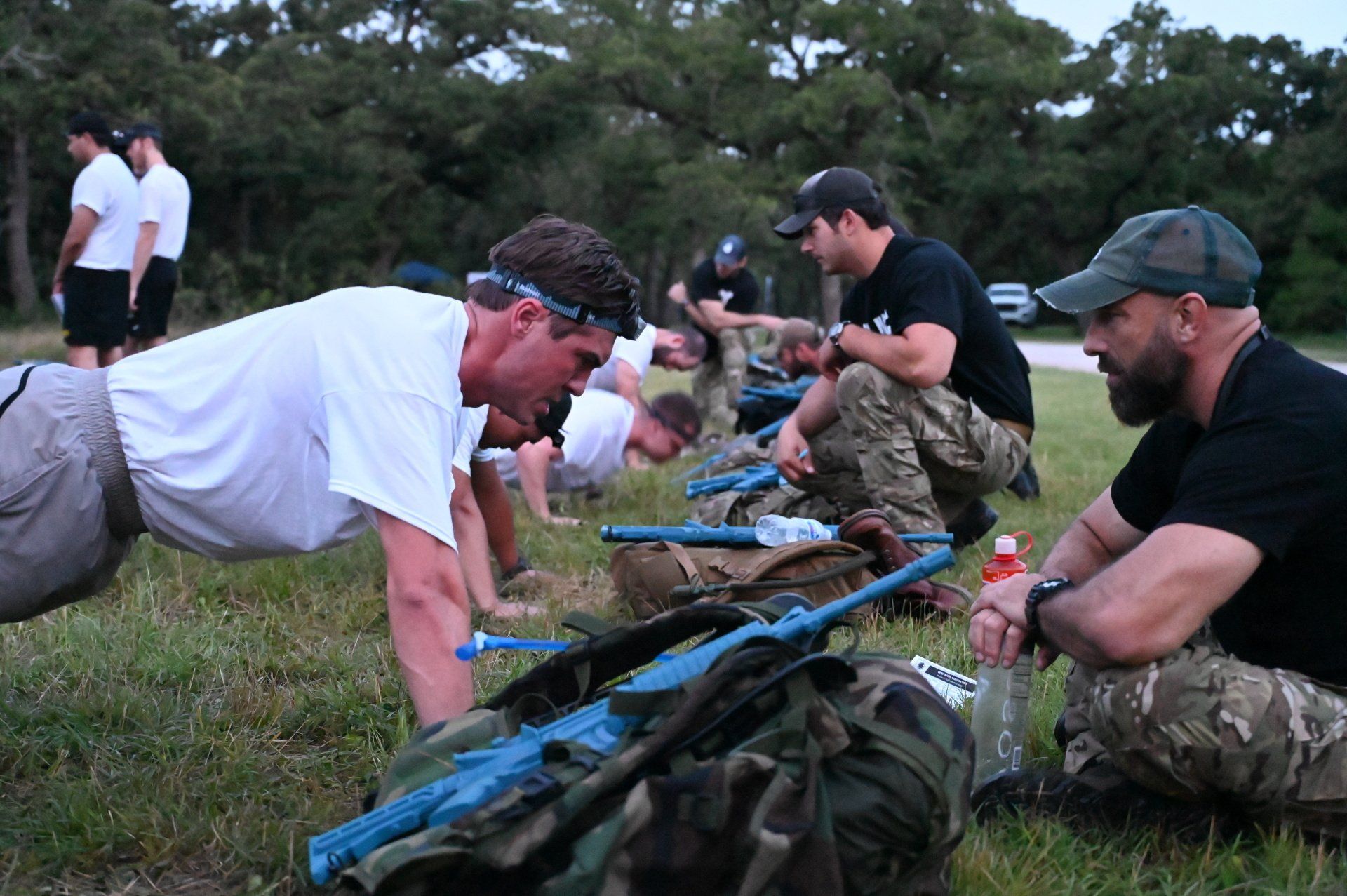How to Give a Briefing
Oct 20, 2021
Get your team on board with these presentation tactics.
You’ve gathered intel, developed a strategy, and planned an operation. Now, it’s time to execute. But before you can do that, you must get your teammates on board with the plan. It’s time to give a mission briefing.
Unfortunately, that’s easier said than done. The vast majority of people, SOF operators included, don’t know the first thing about making an impactful and effective mission briefing. So, in this OA leadership guide, we’ll give you three principles for creating memorable, functional presentations – whether you’re introducing next year’s business budget or planning a direct action mission.
Understanding Primacy and Recency
If we gave you 20 seconds to memorize a list of 15 words, which words would you remember, and how well could you recall them? When psychologists did this experiment in the 1960s, they discovered the Primacy and Recency Effect. They found that individuals were best able to remember the first few words (primacy) and last few words (recency) on the list – usually forgetting the ones in the middle.
That’s because the human brain is most effective at remembering things that happened first (which is why first impressions matter) and things that occurred most recently. In other words, when you’re giving a briefing, people will most vividly remember and comprehend the beginning and end of your presentation, not the middle.
Despite this, most people have been programmed by formalized education in high schools and colleges to put key points in the “body” of their presentations and essays. The result is a forgettable and easy to misconstrue product. While this might be an inconsequential error in English class, ensuring that your briefings are understood clearly can make the difference between life and death.
Overcoming the Primacy and Recency Effect
It’s impractical to immediately start bombarding your audience with information at the beginning of your briefing. So how can you ensure that people remember the middle of your presentation just as well as they do the beginning and end? The solution is repetition and emphasis.
Don’t structure your briefing as Beginning >> Middle >> End. Instead, set it up using the IODC Method
(Introduction >> Overview >> Detail >> Conclusion):
- Introduction/Beginning: What is the mission, who is involved, when is it happening, where is the target, why are we attacking/capturing/securing that target?
- Middle Overview: Introduce the easily forgettable middle points of your briefing. Don’t go into detail. Just give your audience an idea of where their attention should be oriented.
- (Optional): If your briefing has been going on for over 25 mins, take a 5-minute recess. Have your people stretch their legs and move around for a bit to recharge their attention span.
- Detail: Delve into the details of your middle points. With your audience primed to listen to this key information, it will be much more memorable.
- Conclusion: Restate the main points from your introduction and middle. This is also the time for your audience to ask questions and for you to ask questions to ensure they understand the mission.
Presentation Rules
When it comes to effectively presenting information, confidence and common sense can get you pretty far. But here are a few more technical rules for creating a briefing that your audience will remember.
- Your briefing should only take ⅔ of your total allotted meeting time. For example, if you have 30 mins to give your briefing, the presentation portion should only take 20 mins. The remaining time is for questions, concerns, and rehearsing the game plan with your team.
- Visual aids are an excellent way to help people comprehend your mission plan. But you must use the right visual aid for your audience. In general, whiteboards or chalkboards are appropriate for groups of less than 30 people. Any more than that, and you’ll want to use digital presentation software like Powerpoint or Keynote (bigger font sizes, higher contrast, and easier to see than a board). If you don’t have access to presentation hardware like a projector, print out your slides and hand them out as notes for the presentation.
- Be a tour guide. Don’t just expect your audience to follow along with your slides, diagrams, and notes. What may seem logical to you as the individual giving the briefing might not be logical for them. If you want your audience to understand your briefing, tell them where to look, what they’re looking at, and why it’s significant.
Make it Matter
Not every mission you undertake will be as consequential as storming Omaha Beach on D-Day. Oftentimes, your teammates will question why they’re risking their lives to attack a seemingly meaningless objective. In combat, doubt gets soldiers killed. To ensure your team accomplishes the mission and gets home safe, you must do more than explain what the operation is about – you must also explain why it’s crucial.
As a leader, you must understand your teammates at an individual level. You must know what motivates them, what inspires them, and even what enrages them. Only then will you have the influence and understanding to inspire change
in the hearts and minds of your people. All of history’s most effective militaries had one thing in common: they believed in their purpose. The 300 Spartans made their final stand at Thermopylae, Hannibal’s army marched across the Alps, and 156,000 allied soldiers stormed the beaches of Normandy to push back Hitler's war machine. If you want your briefing to succeed, you must make it matter. It’s not just another objective – it’s the only objective that counts.
Repetition is the key to developing your leadership skills. But you might not be in a position where you can train them regularly. If that’s the case, how can you ensure that you are building your leadership skills daily? The answer: by becoming an Aspiring Operator and joining the Operators Association accountability group. You will unlock instant access to an exclusive group of motivated individuals and professional special forces cadre. If you want to get on the path to becoming an operator, Operators Association is the place to be! Click here to visit our packages page and get started today.
